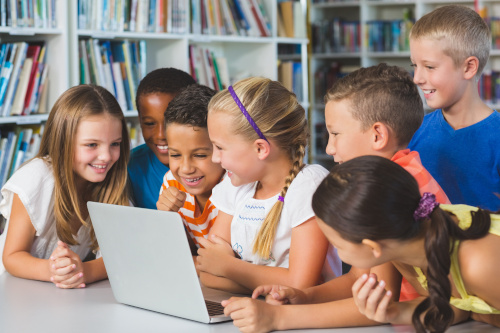A more thorough example of applying UDL in the classroom comes from a group of first-grade teachers. When the teachers needed to create a new writing lesson, they used journey mapping to put themselves in their students’ shoes and brainstorm ways to make it inclusive and relevant for every learner.
After outlining every part of the lesson on sticky notes, the teachers identified potential barriers and adjusted their learning methods and materials as needed. Later, when the teachers taught the lesson, they agreed it was the most successful one they had ever presented.
Alleviating “initiative fatigue”
It’s important to note that UDL is a process and mindset, not an off-the-shelf program or initiative—a way of thinking about lesson design rather than a “to-do” list.
Even before the pandemic, educators were dealing with initiative fatigue—adding “one more program” or implementing “one more platform”—without considering how it would impact staff and students.
UDL isn’t one more thing. It’s an iterative process of “plan, try, reflect”:
- Plan as intentionally as you can, with the variability of students (and staff) in mind
- Try it out
- Reflect on what worked, what didn’t, and what could be done differently next time
The beauty of this process is that it’s flexible. The UDL framework can help teachers shape inclusive learning environments, support K-12 leaders in implementing a new program, or even help guide a professional learning opportunity.
One step at a time
Just remember, while the first-grade lesson mentioned earlier was a success, teachers can learn a lot from those that don’t succeed. My advice: don’t let the idea of perfection get in way of trying something new. Involve students in the process, welcome their opinions and celebrate their differences—that’s how you create a learning environment that is truly inclusive.
- Are substitutes the answer to the teacher shortage? - June 13, 2023
- Preparing for ransomware attacks begins with education - June 13, 2023
- How to use UDL-inspired technology to reengage students - June 12, 2023

